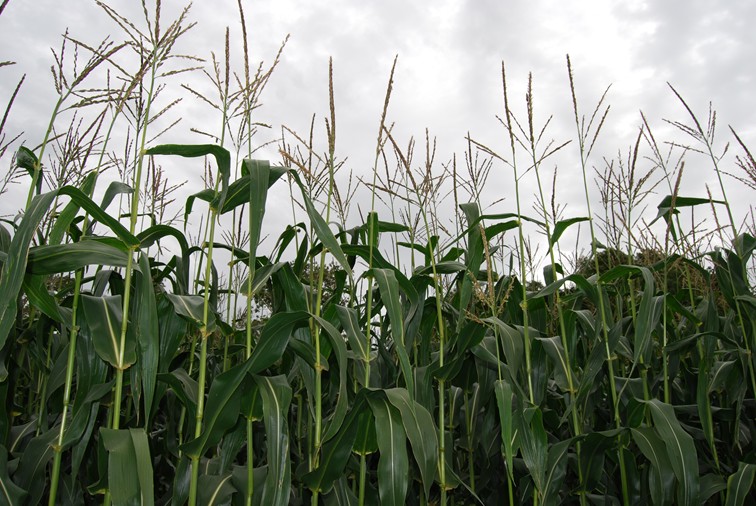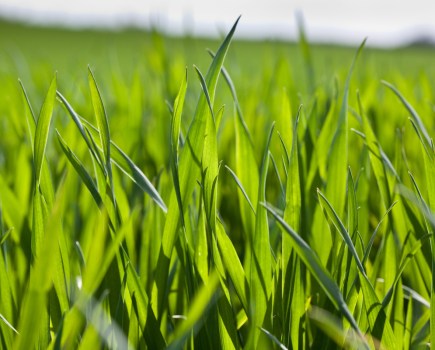
CPM finds out about the seven new first-choice varieties which have been added to the British Society of Plant Breeder’s 2019 Forage Maize Descriptive Lists (DL), alongside one new second-choice variety.
The varieties Cito KWS and Avitus KWS from KWS, LG31218 and Pinnacle from Limagrain, Cranberri CS from Caussade Semences, Expedia from AIC and Madonias from MAS have been added to the favourable sites DL. Cito KWS, Avitus KWS, Madonias and Pinnacle were also added as first choice varieties to the less favourable DL, aimed at ‘marginal’ growing conditions.
The 2019 lists provide a range of varieties for farmers to select from, with parameters including dry matter yield, starch and digestibility, in relation to favourable or less favourable growing conditions within the suitable maturity range for the farm location. This diversity allows selection of varieties that best suit the grower’s needs.
New first choice varieties for favourable sites
NIAB’s forage crop specialist Ellie Sweetman highlights the range of maturity covered with the new varieties, offering growers an increased choice to select from.
“Cito KWS is the earliest maturing of the new first choice DL additions, with a 37.4% dry matter content at harvest and both the highest metabolisable energy (ME) and highest starch on the list at 11.82 MJ/kg DM and 37.6% respectively. Cranberri CS is the latest maturing at 29.5%, whilst achieving a very good dry matter yield of 18.3 t/ha and good cell wall digestibility at 58.5%.”
Top of the list for dry matter yield, LG31218 is a later maturing variety for favourable sites, combining excellent yield potential (18.7 t DM/ha) with a highly digestible cell wall score of 59.6%. Avitus KWS is a good all-rounder with excellent yields (18.5 t DM/ha) for its maturity (35.5% DM), producing good ME at harvest (11.63 MJ/kg DM) with very good standing power scores.
“Pinnacle provides a very good ME and starch content for its high dry matter, with a good eyespot rating. Expedia has very good standing power, whilst providing good yields with good ME and starch levels. Madonias is good all-rounder, providing good ME and starch for mid-range maturity,” adds Ellie.
A high ME variety is more digestible than those with lower scores, with consequently faster rumen throughput, allowing for increased voluntary feed intake and improved feed conversion. “Higher cell wall digestibility can help support butterfat levels in dairy cows, whereas higher starch can reduce requirements for concentrate feeds, a more cost effective option for many beef producers,” says Ellie.
New first choice varieties for less-favourable sites
Ellie highlights the diversity in maturity offered by the four varieties – Cito, Avitus, Madonias and Pinnacle – added to the first-choice less favourable DL. With the new varieties showing a good range in maturity scores she believes growers have good flexibility in their variety selection process.
“Growers are looking for highly digestible, good quality silage plus early vigour; often an undervalued character in more challenging conditions where the ability of a variety to demonstrate vigorous early growth is particularly important. The new varieties are good all-rounders with yield potentials of between 16.1 and 18.4 t DM/ha, combined with good starch and reasonable ME yields. Pinnacle shows a very good eyespot resistance profile compared to other varieties on the less-favourable list, a valuable asset in susceptible areas during normal growing conditions.”
Biogas maize
The 2019 Forage Maize for Anaerobic Digestion descriptive lists is unchanged from 2018, with updated lists planned for 2020. All varieties have been nominated by the plant breeders and are suitable for biogas producers growing and using the crop as a feedstock. The DLs aim to aid variety selection as producers can check energy output and quality in the form of yield, metabolisable energy (ME), plant digestibility and starch level.
The BSPB 2019 ‘Forage Maize’ and ‘Forage Maize for AD’ descriptive lists are available to download from the BSPB and NIAB websites.




